Deck & Commander Strategies

Syr Konrad, the Grim
Leverages a large number of Shadowborn Apostles to enable a combo finish, focusing on swarming the board with creatures named with 'S' and using their synergies for a lethal combo.
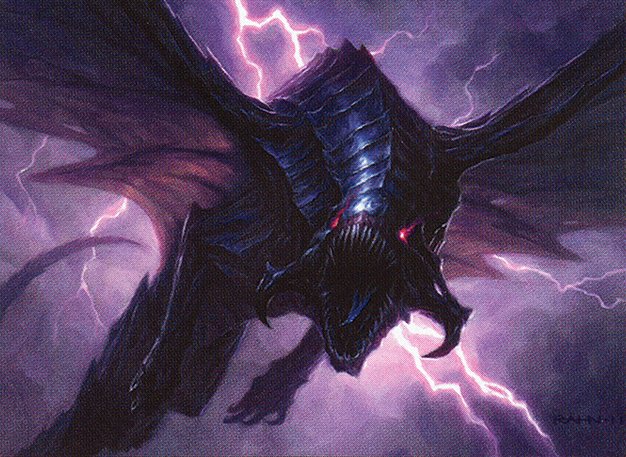
Crosis, the Purger
A Grixis control/dragon deck limited to 'C' cards, relying on powerful standalone spells and creatures to disrupt opponents and eventually close out the game.
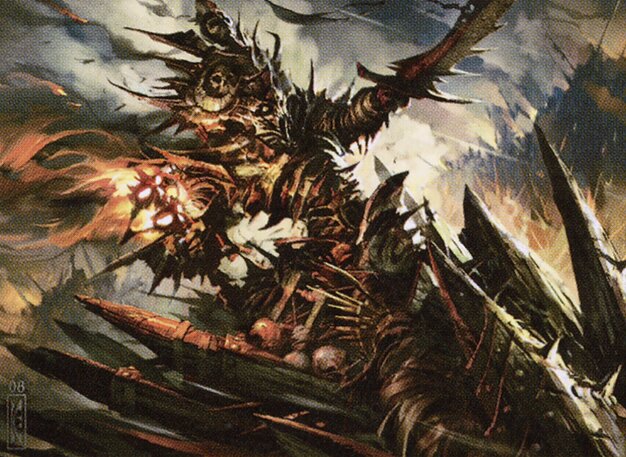
Thraximundar
An artifact-based synergy deck using cards starting with 'T' to control the board and generate value, aiming to use artifact interactions and Thraximundar’s evasion for damage.
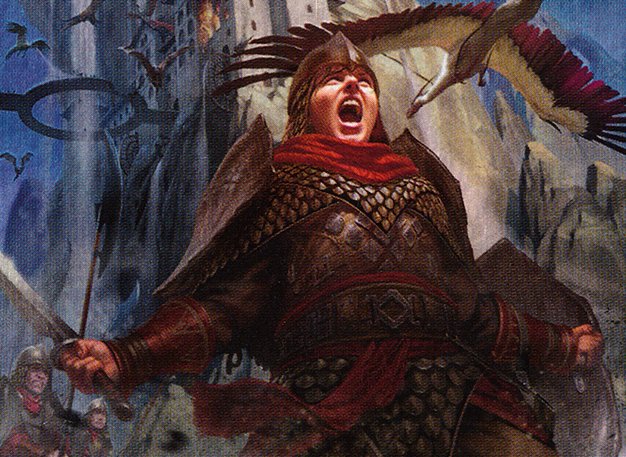
Roghrakh, Son of Rohgahh and Reyhan, Last of the Abzan
A warrior tribal deck with 30 warriors, focused on aggressive creature combat and leveraging warrior tribal payoffs, all constrained to cards starting with 'R'.
Gameplay Insights
- 1
Seth’s strategy of assembling a large number of Shadowborn Apostles was a central threat, creating a board state difficult to clear due to limited board wipes in the format.
- 2
Richard’s warrior tribal approach benefited from having a critical mass of creatures and synergistic warriors, showing how tribal decks can hold their own even under restrictive naming constraints.
- 3
Krim’s Crosis deck suffered from lack of synergy but relied on individually powerful 'C' cards to control the game and apply pressure.
- 4
Tomer’s artifact-based deck demonstrated that even with letter restrictions, focusing on a coherent theme like artifacts can help maintain some synergy and competitive edge.
- 5
Mana fixing was a notable challenge due to the letter restriction, causing slower starts and mana dilemmas, especially in the multicolor decks.
- 6
The lack of extensive board wipes in the decks made creature combat and incremental advantage crucial, highlighting the importance of building resilient boards or combo setups.
Notable Cards
-
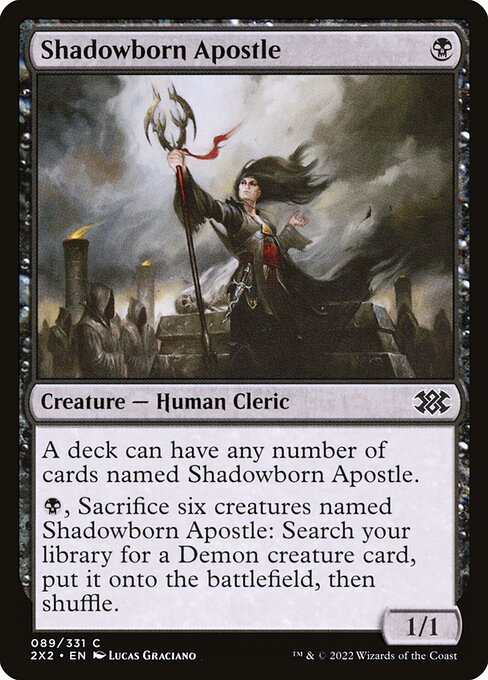
Shadowborn Apostle
Gameplay Summary
The game featured a highly unusual deck-building restriction where every non-basic card in a deck started with the same letter as the player's name, resulting in some very thematic but janky decks.
Seth piloted a combo-oriented S deck centered around Shadowborn Apostles, trying to assemble a winning combo using a massive number of these creatures.
Richard ran a tribal warrior deck with Rograkh and Reyhan, focusing on aggressive creature-based strategies leveraging numerous warrior synergies.
Krim played Crosis, the Purger with a Grixis color identity, but had little synergy due to the letter restriction, relying mostly on powerful standalone cards beginning with 'C'.
Tomer’s deck, led by Thraximundar, featured artifact synergies and some thematic elements around T cards, aiming for steady artifact value and disruption.
Early turns saw slow development due to the awkward mana bases and restrictive card choices, but Seth’s Shadowborn Apostle swarm created a significant board presence that was difficult to handle without board wipes.
The game’s tension revolved around whether Seth could pull off his combo and whether the warrior tribal or artifact strategies could stabilize and push through damage.
The lack of effective board wipes made creature strategies more viable, leading to a grindy midgame.
Ultimately, the unique deck-building constraint led to an unpredictable and entertaining match where players had to creatively maximize limited card options to execute their plans.


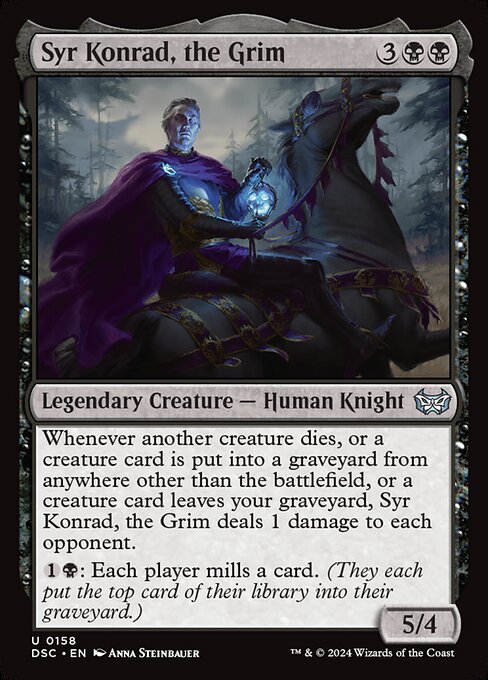


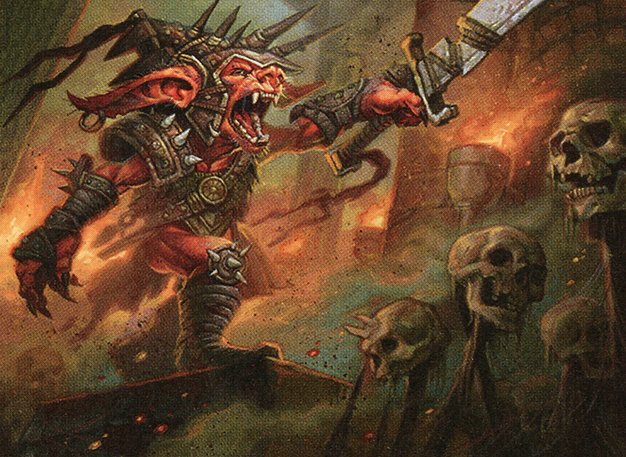














![Commander VS S17E4: Linden VS Syr Konrad VS Kenrith VS Torbran [EDH] thumbnail](https://i.ytimg.com/vi/PvUddo1rzeo/sddefault.jpg)























![Random Deck Roulette! [Commander VS 291] | Magic: the Gathering Commander Gameplay thumbnail](https://i.ytimg.com/vi/L2Xh88xu-bk/sddefault.jpg)

